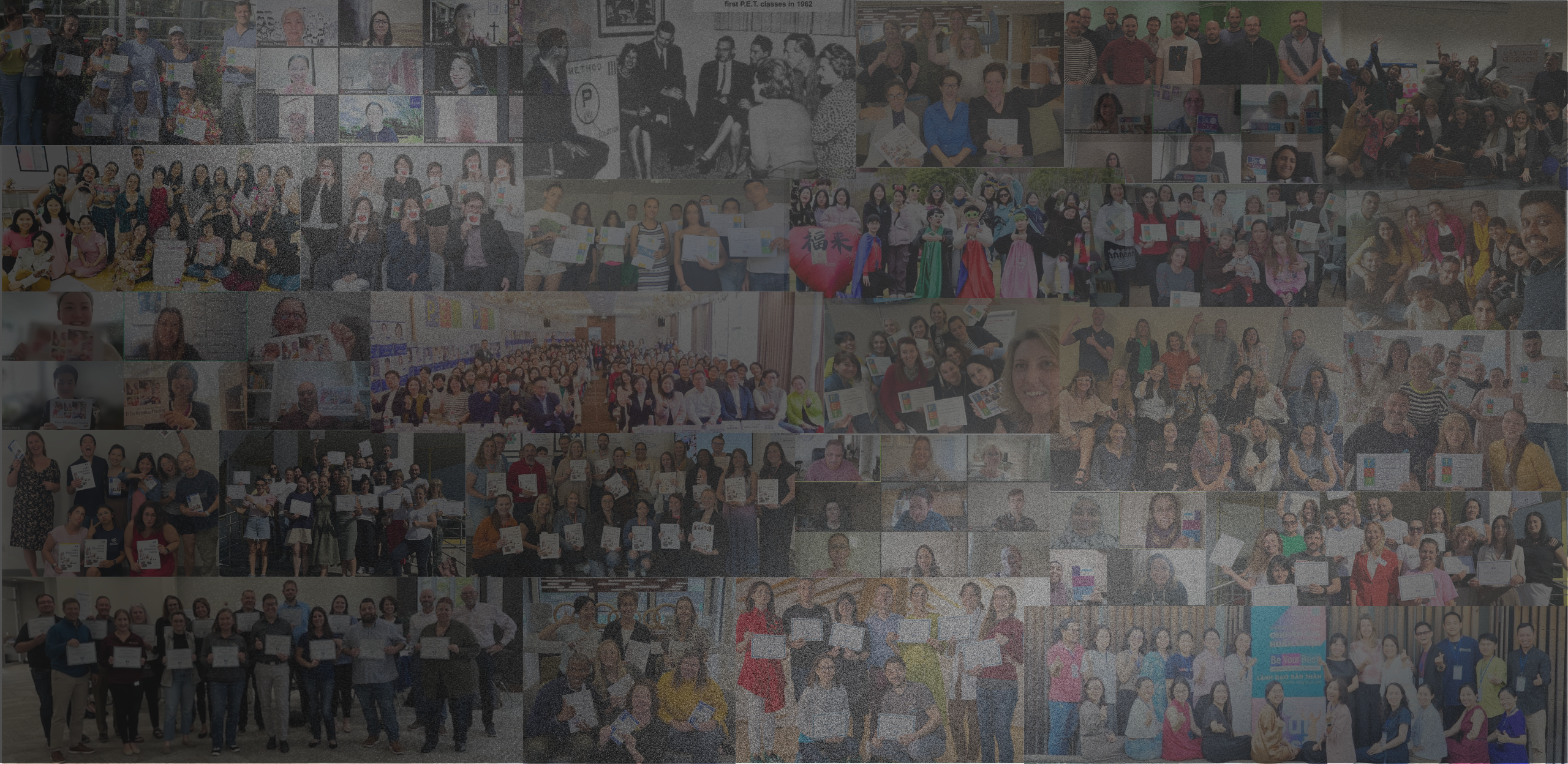Where did Active Listening come from?
Active Listening was a type of communication identified in the research of some graduate students of Dr. Carl Rogers in the Department of Psychology at Ohio State University in the late 1930’s and early 1940’s. These researchers studied tape recordings of counseling sessions with students having various kinds of personal problems. They found that “mirroring” or “feeding back” the students’ messages encouraged them to probe “deeper” and find the root causes of their problems and come up with their own solutions. Dr. Rogers called this listening “Reflective Listening”.
On the other hand, certain other kinds of responses to the students’ talk blocked their going deeper—even made them feel misunderstood and frustrated. Those later became the Communication Roadblocks incorporated into Dr. Gordon’s early leadership training program in the early 1950’s. Then when Dr. Gordon designed P.E.T., Parent Effectiveness Training in 1962, he incorporated Active Listening (re-named by Dr. Richard Farson) and so Dr. Gordon’s parenting classes (P.E.T) and his book, were the ways in which Active Listening becoming known throughout the world.
 What is Active Listening?
What is Active Listening?
Active Listening is a special way of reflecting back what the other person has expressed to let him/her know you are listening and to check your understanding of his/her meaning.
Active Listening is a restatement of the other person’s communication, both the words and the accompanying feelings, i.e., nonverbal cues—tone of voice, facial expression, body posture.
Active Listening enables both you and the other person to understand the actual experience the Other is having.
Active Listening encourages the Other to explore his/her problem more deeply and promotes the Other’s own problem-solving.
Want to learn more about this amazing skill (how and when to use it, pitfalls to avoid and more)?
Check out these additional Blogs and resources on our site:
An Essential Skill for Parents
Everything You Need to Know About Active Listening

